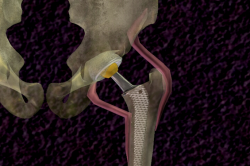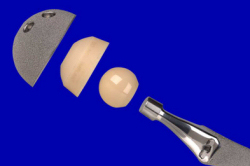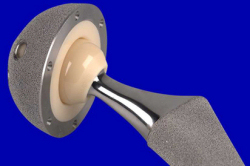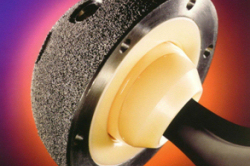Parts of a Hip Replacement




Each hip replacement consists of a stem and a socket. Either stem or socket can be inserted into the patient’s body with or without cement. Using modern techniques, material science and proven implants; both cemented and uncemented hip replacements, have functioned extremely well. Loosening of the components is quite uncommon.The bearing surface or articulating surface is where the ball on the stem meets
the socket. There is a ball / head attached to the stem, which articulates with the socket as the hip moves. Classically the head has been made of metal and the socket made of ultra high molecular weight polyethylene (special plastic) Alternative articulating surfaces are available.
Ceramic heads and cups
Ceramic heads have been used to articulate with ceramic cups, these
have been shown to have extremely low wear rates.
Metal heads
Metal heads have been used to articulate with special plastic with metal polished cups with very good wear rates.
Oxynium heads
There have been new technologies in material science, oxynium is a
particular metal alloy that is used to make the head / ball which then articulates with ultra high molecular weight polyethylene (special plastic sockets).
Which Hip Replacement is Best for You?
The specific type of hip replacement that is best suited for a particular patient is highly dependant on the patient. Therefore, the final decision is individually tailored to the patient’s situation.
Please contact Mr Jig Patel FRCS who is a Consultant Orthopaedic Surgeon based in London.
